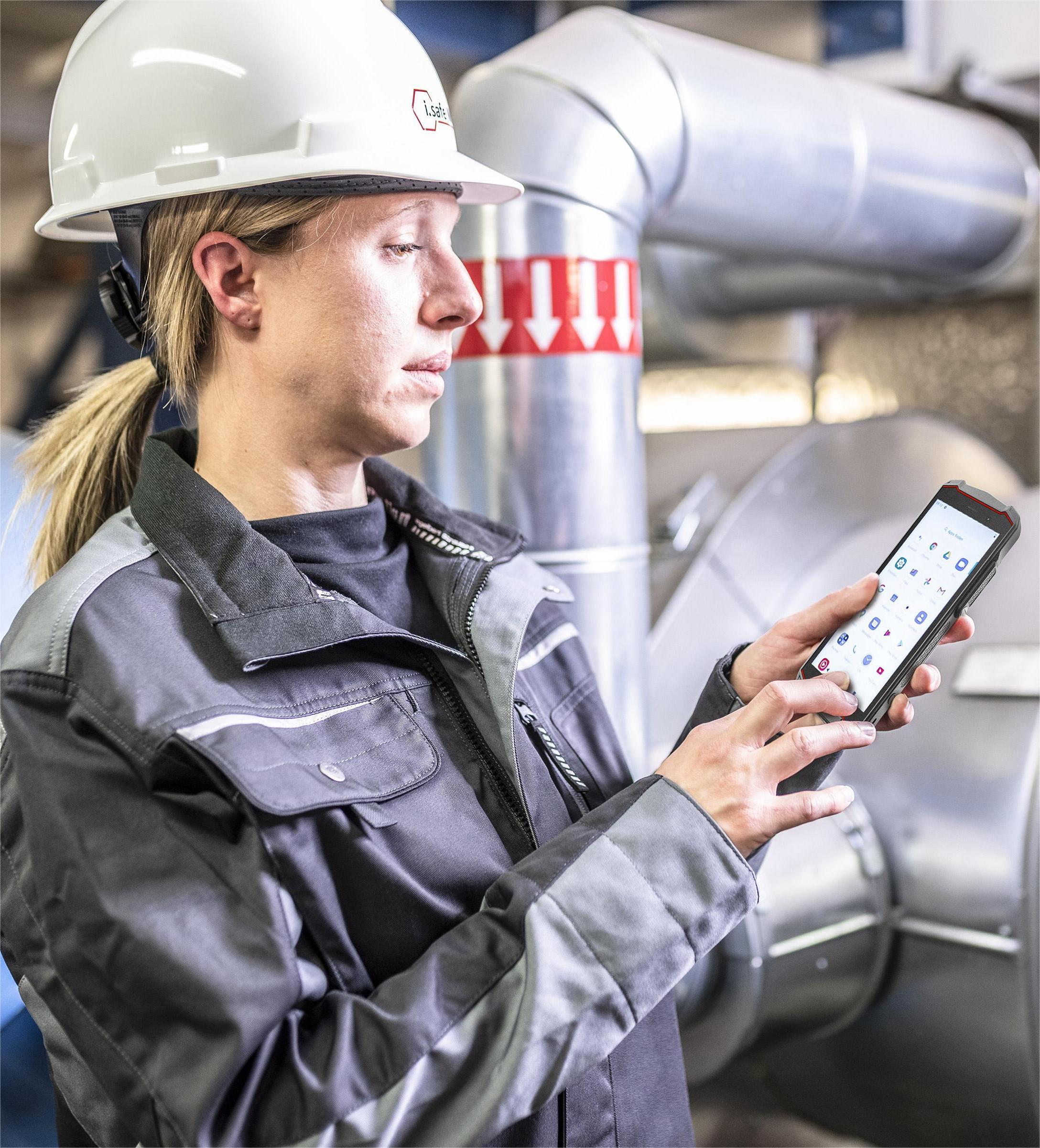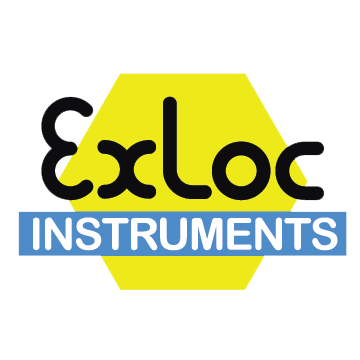ATEX Certified RFID Tags


RFID Tags
Exloc are proud to present a range of ATEX Certified RFID tags to enable a wide range of applications in hazardous areas.
ATEX-approved tags are required for certain industries where explosive atmospheres may occur. This tag is ideal for offering alongside software for a one-stop solution in these heavily legislated sectors. It is designed to provide all the benefits of RFID (radio frequency identification) and is a reliable, high quality option for equipment in need of regulatory inspection.
In collaboration with our partners we are able to offer you a full range of RFID:
- LF (Low frequency) – which is trusted for test and inspection. It is highly robust and well established and is ideal in a wide range of industries
- HF (High Frequency) – this is an increasingly popular frequency that is currently used in off shore environments and can be used with NFC RFID readers which are often built into smartphones and tablets
- UHF (Ultra High Frequency) – The low cost and long range of UHF RFID means that tags can be placed just about anywhere and interrogators (or RFID readers) can read them
To find out more about the RFID tags Exloc can offer or to get some advice about the appropriate tags for your project, please contact us.
How RFID Tags Work
RFID (Radio Frequency Identification) tags are wireless devices used to store and transmit data using electromagnetic fields. These tags consist of two primary components: a microchip for data storage and an antenna for signal transmission. When in proximity to an RFID reader, the tag’s antenna receives electromagnetic energy, enabling the microchip to send data back to the reader. This system facilitates automatic identification and tracking of assets, making RFID essential in hazardous areas where precision and efficiency are critical.
Exloc Instruments UK Ltd offers a range of RFID-compatible devices, such as the IS940.1 Zone 1/21 tablet and the IS540.1 Zone 1/21 smartphone, that can safely operate in hazardous environments. These devices enable seamless interaction with NFC RFID tags, delivering reliable performance in hazardous zones.
Understanding RFID Frequencies: HF, LF, and UHF
RFID tags operate across three main frequency ranges, each with unique characteristics suited to specific applications.
Low Frequency (LF) – 125-134 kHz
- Range: Up to 10 cm
- Applications: Asset tracking, animal identification, and access control
- Advantages: Works well with metallic objects and liquids
- Drawbacks: Shorter read range and slower data transfer rates
High Frequency (HF) – 13.56 MHz
- Range: Typically up to 1 metre
- Applications: NFC (Near-Field Communication) tags, smart cards, and mobile payments
- Advantages: Higher data transfer rates and medium range
- Drawbacks: Moderate sensitivity to interference from metals
Ultra-High Frequency (UHF) – 300 MHz to 3 GHz
- Range: 1-10 metres or more (depending on environmental factors)
- Applications: Logistics, inventory management, and industrial automation
- Advantages: Long read range and fast communication
- Drawbacks: Susceptible to interference from liquids and metals

